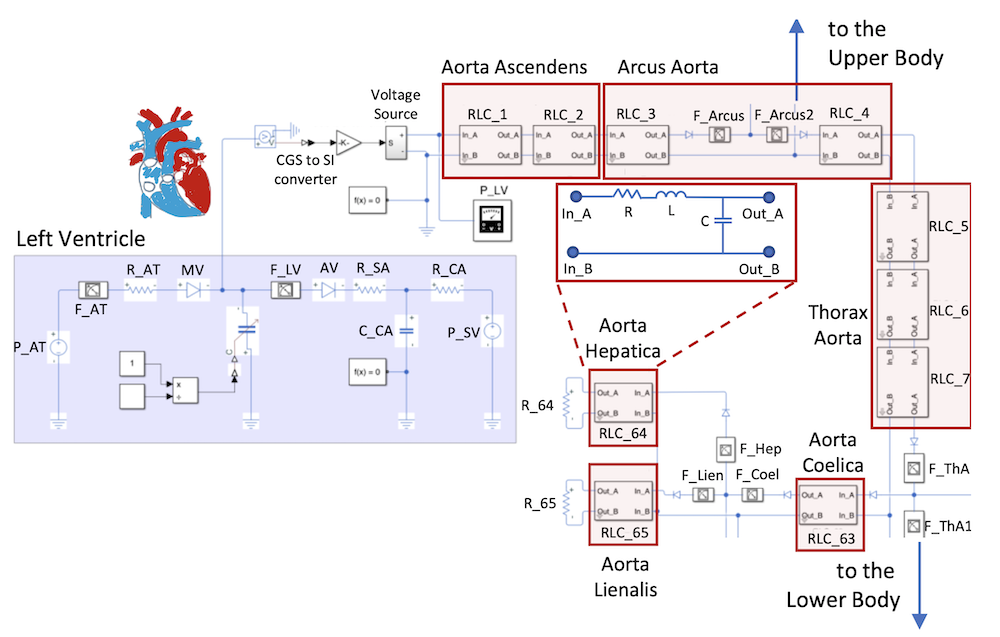Literature Database Entry
kummer2013parallel
Martin Kummer, "Parallel Packet Capturing in Vermont Using DNA/Libzero," Bachelor Thesis, Institute of Computer Science, University of Innsbruck, May 2013. (Advisors: Falko Dressler and Felix Erlacher)
Abstract
Analyzing network traffic is an important area within the field of network security. The network monitoring software Vermont is designed to perform such an analysis on standard PC hardware. It uses the well-known library libpcap to capture packets and was originally designed for 1 Gbit networks. Due to advances in hardware technology, analyzing 10 Gbit of data per second with Vermont is now an achievable goal, but to reach it, adaptations to the Vermont software have to be made. This work describes an adaption to Vermont that increases the capturing performance by replacing libpcap with the more modern library DNA/libzero. Unlike libpcap, DNA/libzero was designed to capture traffic from a 10 Gbit network. Apart from having a better performance, DNA/libzero can also split the data between several threads that capture packets in parallel. When using DNA/libzero and exploiting the possibility to parallelize the capturing, Vermont was shown to capture real-life traffic at 10 Gbit/s with hardly any data loss. Even under the worst possible conditions – a constant stream of 64-byte packets – the capture rate of this setup stays above 83%.
Quick access
Contact
Martin Kummer
BibTeX reference
@phdthesis{kummer2013parallel,
author = {Kummer, Martin},
title = {{Parallel Packet Capturing in Vermont Using DNA/Libzero}},
advisor = {Dressler, Falko and Erlacher, Felix},
institution = {Institute of Computer Science},
location = {Innsbruck, Austria},
month = {5},
school = {University of Innsbruck},
type = {Bachelor Thesis},
year = {2013},
}
Copyright notice
Links to final or draft versions of papers are presented here to ensure timely dissemination of scholarly and technical work. Copyright and all rights therein are retained by authors or by other copyright holders. All persons copying this information are expected to adhere to the terms and constraints invoked by each author's copyright. In most cases, these works may not be reposted or distributed for commercial purposes without the explicit permission of the copyright holder.
The following applies to all papers listed above that have IEEE copyrights: Personal use of this material is permitted. However, permission to reprint/republish this material for advertising or promotional purposes or for creating new collective works for resale or redistribution to servers or lists, or to reuse any copyrighted component of this work in other works must be obtained from the IEEE.
The following applies to all papers listed above that are in submission to IEEE conference/workshop proceedings or journals: This work has been submitted to the IEEE for possible publication. Copyright may be transferred without notice, after which this version may no longer be accessible.
The following applies to all papers listed above that have ACM copyrights: ACM COPYRIGHT NOTICE. Permission to make digital or hard copies of part or all of this work for personal or classroom use is granted without fee provided that copies are not made or distributed for profit or commercial advantage and that copies bear this notice and the full citation on the first page. Copyrights for components of this work owned by others than ACM must be honored. Abstracting with credit is permitted. To copy otherwise, to republish, to post on servers, or to redistribute to lists, requires prior specific permission and/or a fee. Request permissions from Publications Dept., ACM, Inc., fax +1 (212) 869-0481, or permissions@acm.org.
The following applies to all SpringerLink papers listed above that have Springer Science+Business Media copyrights: The original publication is available at www.springerlink.com.
This page was automatically generated using BibDB and bib2web.



